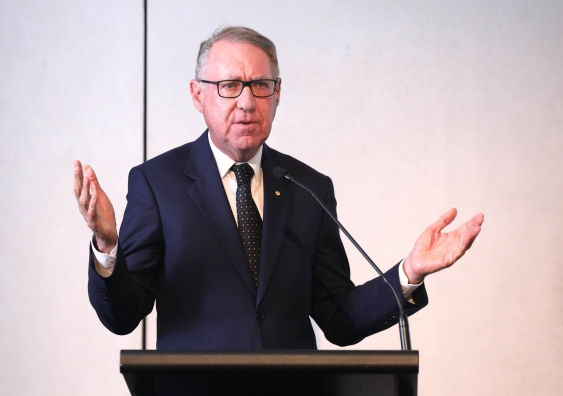Improving education for non-urban schools could add $56B to GDP: Gonski Institute report shows
Report from Gonski Institute for Education at UNSW Sydney calculates that Australia could add more than $50 billion to its annual GDP by focusing on students outside major cities.


